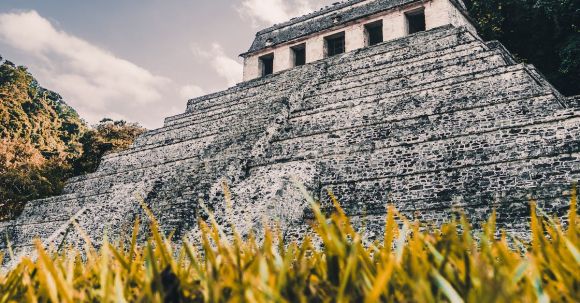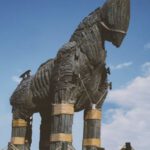The ancient Mayan civilization, which thrived in Central America from around 2000 BC to 1500 AD, was a remarkable society with a rich cultural heritage. Known for their impressive architecture, advanced agricultural practices, and sophisticated hieroglyphic writing system, the Maya left behind a lasting legacy that continues to captivate archaeologists and historians today. In this article, we will delve into the fascinating aspects of daily life in the ancient Mayan civilization.
Agriculture: The Foundation of Mayan Society
Agriculture played a vital role in the Mayan civilization, serving as the foundation of their society. The Maya developed sophisticated farming techniques, such as terracing, irrigation systems, and the use of raised fields, allowing them to cultivate a wide range of crops. Maize, or corn, was the staple food of the Maya, and they also grew beans, squash, tomatoes, and avocados. The surplus food produced by their advanced farming methods supported a growing population and allowed for the development of specialized occupations.
Social Structure: A Complex Hierarchy
Mayan society was highly stratified, with a complex social structure that encompassed rulers, nobles, priests, and a large peasant population. At the top of the hierarchy were the rulers, known as the ahauob, who held both political and religious power. They were believed to have a direct connection to the gods and were responsible for maintaining order and ensuring the prosperity of their cities. Below them were the nobles, who served as administrators, military leaders, and advisors to the rulers. The majority of the population were peasants who worked the land and provided labor for construction projects.
Religion and Cosmology: Communicating with the Gods
Religion played a central role in the lives of the Maya, with a complex pantheon of gods and goddesses governing various aspects of their world. The Maya believed that the gods controlled natural phenomena, such as rain, fertility, and the cycles of the sun and moon. They built elaborate temples and pyramids to honor their deities and performed intricate rituals, including bloodletting and human sacrifices, to communicate with the gods and seek their favor. The Mayan calendar, with its precise astronomical calculations, was closely tied to their religious and agricultural practices.
Art and Architecture: Masterpieces of Ancient Engineering
The Mayan civilization is renowned for its impressive architectural achievements, characterized by towering pyramids, intricate temples, and sprawling cities. The cities were designed with precision, aligned with astronomical events and connected by a network of roads. The Maya built their structures using limestone, which they quarried and cut with remarkable precision. Their buildings were adorned with intricate carvings and stucco reliefs depicting scenes from mythology and everyday life. The Mayan art, including pottery, sculpture, and textiles, showcased their advanced artistic skills and reflected their religious and cultural beliefs.
Trade and Economy: A Thriving Network
The Maya had a complex trading system that connected distant regions and facilitated the exchange of goods and ideas. They traded a variety of products, including jade, obsidian, textiles, cacao, and feathers. The Maya also developed a sophisticated marketplace system, where merchants from different regions gathered to buy and sell goods. In addition to trade, agriculture played a significant role in the Mayan economy. The surplus food produced by the farmers supported the ruling elite and allowed for the development of specialized crafts and industries.
In conclusion, life in the ancient Mayan civilization was marked by a complex social structure, advanced agricultural practices, and a rich cultural and religious heritage. The Mayan people’s remarkable achievements in architecture, agriculture, trade, and art continue to fascinate and inspire us today. By studying their civilization, we gain insight into the complexity and ingenuity of one of the greatest ancient civilizations in the world.





